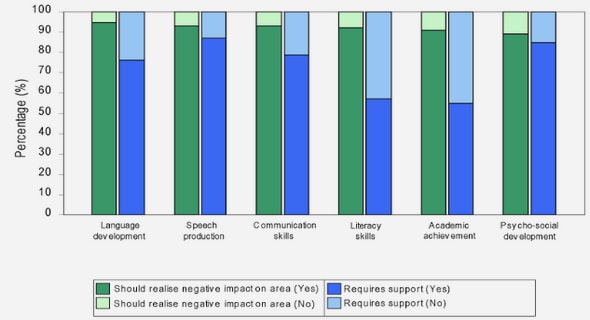(Downloads - 0)
For more info about our services contact : help@bestpfe.com
Table of contents
Chapter 1 Introduction
1.1 Process Introduction
1.2 Problem formulation
1.2 Brief Introduction of Departments
1.2.1 Blow room Process:
1.2.2 Carding Process
1.2.3 Drawing frame Process
1.2.4 Combing process
1.2.5 Roving frame
1.2.6 Ring Spinning Process
1.2.7 Winding Section
2.1 Six Sigma
2.2 Six Sigma Improvement Approach
2.3 Process Capability
2.4 DMAIC Methodology
2.4.1 Define Phase
2.4.2 Measure Phase
2.4.3 Analyze Phase
2.4.4 Improve Phase
2.4.5 Control Phase
3.1 Theoretical project
3.2 Reliability and validity
3.3 Historical Experience
4.1Blow room
4.1.1 Objective
4.1.2 Technical points in Blow room
4.1.3 Factors affecting on opening, cleaning and fiber loss
4.1.4 Critical success factors for Blow room
4.1.5 Importance of yarn quality
4.1.6 Guide line for Achieving Yarn Quality
4.1.7 Defects and Causes
4.1.8 Preventive action
4.2 Carding Section
4.2.1 Objective of Carding
4.2.1 Technical points in Carding
4.2.2 Feed the material in the form of lap
4.2.3 Flock feeding
4.2.4 Importance Points for Quality of Yarn
4.2.5 Critical Success Factors
4.2.6 Defects in Carding and Causes
4.3 Draw frame section
4.3.1 Objective
4.3.2 How Much Importance for Quality?
4.3.3 Causes of draw frame sliver variation
4.3.4 Preventive action of Frame sliver variation
4.4 Combing section
4.4.1 Objective
4.4.2 Importance of combing process by quality point of view
4.4.3 Critical success factors
4.4.4 Defects and causes in combing
4.5 Roving frame section
4.5.1 Objectives
4.5.2 Drafting
4.5.3 Twisting
4.5.4 Winding
4.5.5 How Much Important for Quality?
4.5.6 Critical Factors Affecting Roving Strength
4.5.7 Defects and causes in roving
4.6 Ring Spinning Section
4.6.1 Function of Ring Process
4.6.2 Ring Spinning Effects on Quality
4.6.3 Problems in Ring Process
4.6.4 Critical Success Factors
4.7 Winding process
4.7.1 Objectives of winding
4.7.2 How Much Importance for Quality?
4.7.3 Yarn faults and clearing
4.7.4 Yarn clearing concept of Uster Quantum clearer
4.8 Implementation of DMAIC tool in Winding Department
4.8.1 Justification for the selection of winding section
4.8.2 Understanding of winding process
4.8.3 Define Phase
4.8.3.1 Rate of Rejection of Departments
4.8.3.2 SIPOC Diagram
4.8.3.3 Winding Defects
4.8.4 Measure Phase
4.8.4.1 Cause & Effect Analysis
4.8.4.2 Data Collection
4.8.4.3 Measurement System Analysis
4.8.4.4 MSA for Defective Yarn cones
4.8.4.5 Conclusion
4.8.5 Analysis Phase
4.8.5.1 Effect of over hauling, product change and shift on Stitch defect
4.8.5.2 Effect of Yarn type on defect Stitch
4.8.5.3 Conclusion
4.8.6 Improve Phase
4.8.6.1 Parameters
4.8.6.2 Conclusion
4.8.7 Control Phase
4.8.7.1 SPC
4.8.7.2 Design the speed limits
4.8.7.3 Inspection procedure
4.7.7.4 MSA after inspector training
7 References




